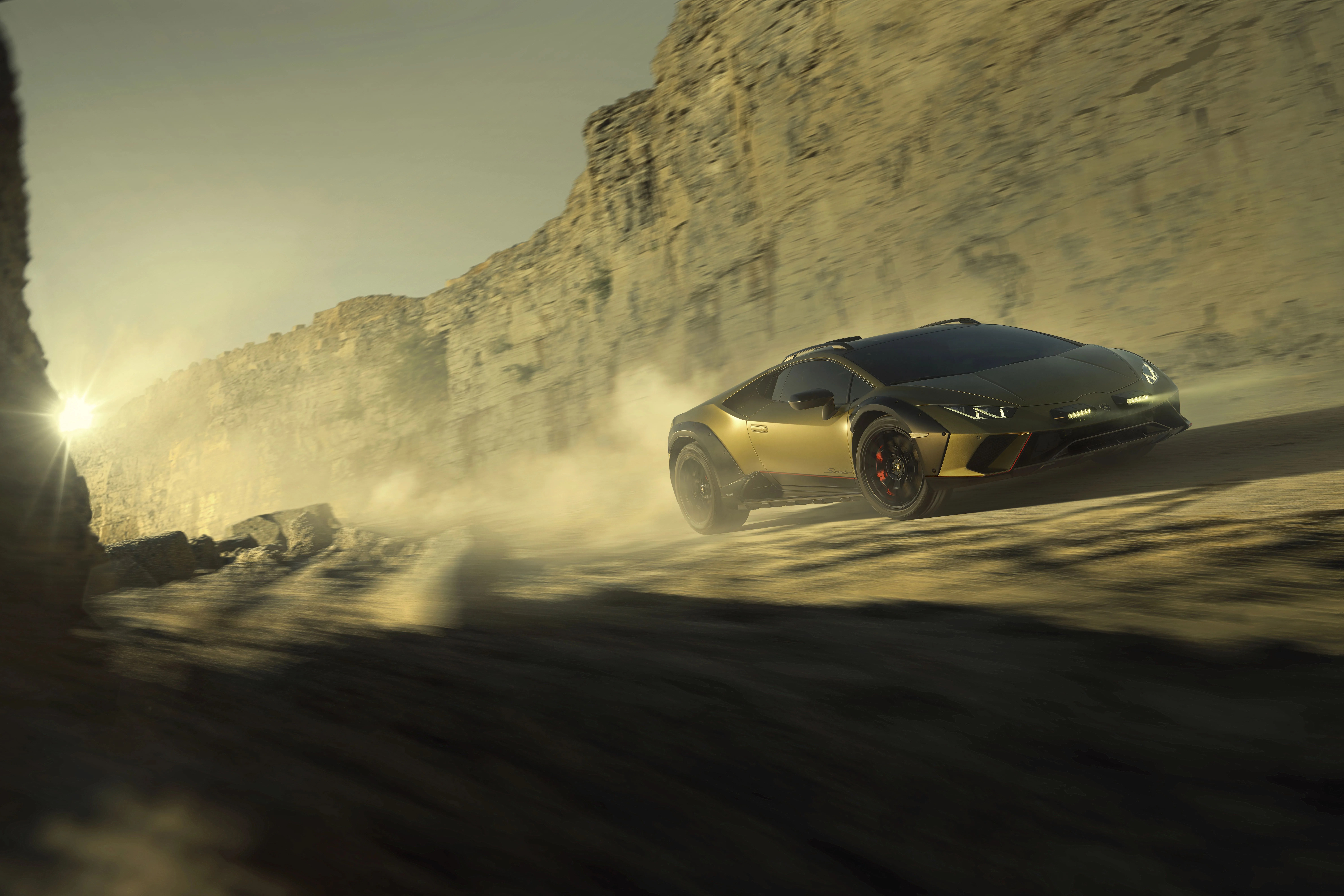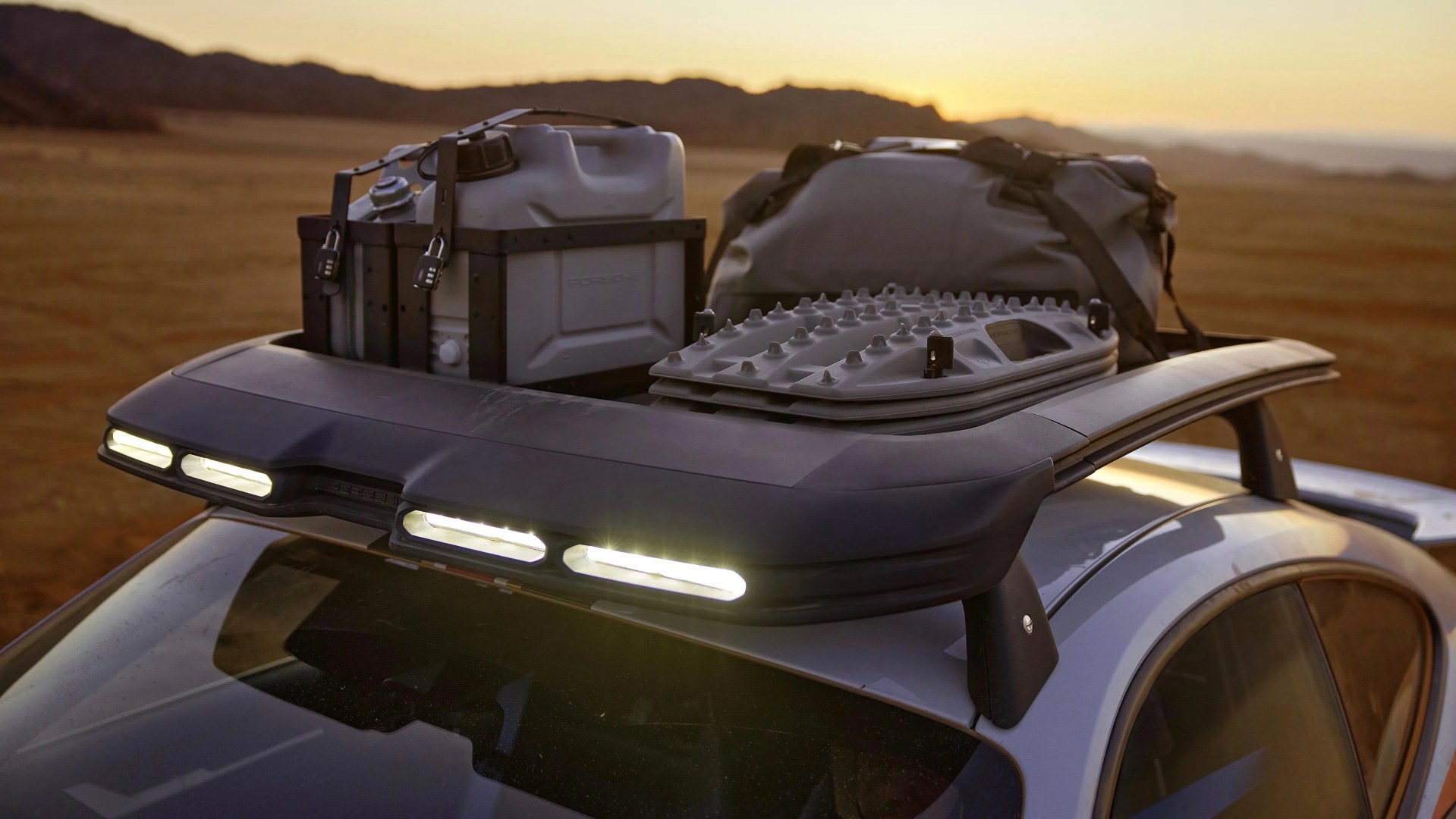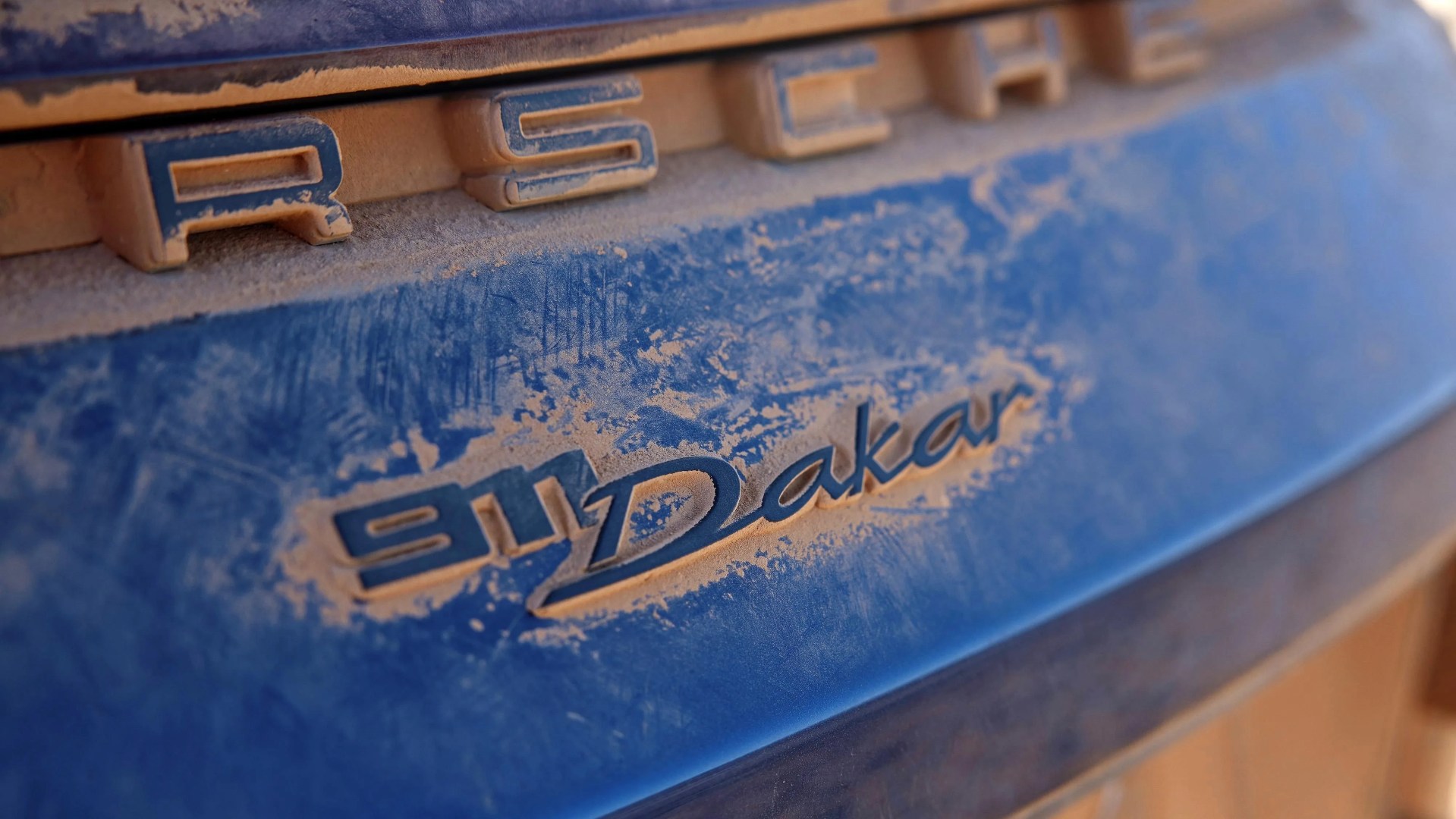The lead story from the automotive world over the past 30 years has been the rise of the sport utility vehicle. SUVs have become America’s default cars, and their success has, in turn, seen SUV-like traits permeate the entire automotive landscape.
Pickup trucks have emulated SUVs, adding more off-road capability and spacious, luxurious four-door cabins. Economy cars now position themselves as utility vehicles (see: Subaru Crosstrek, Chevy Trax). Even Rolls-Royce customers are clamoring in brand-record numbers to be chauffeured in a Cullinan.
The exception to this trend has been high-end sports cars. McLarens and Ferraris have been siloed off, remaining tarmac specialists and chasing progressively more ridiculous track performance. SUVs have borrowed the powertrains, body control and styling of sports cars. But we haven’t witnessed production sports cars adopting SUV-like traits — until now.
2023 has seen the dawn of a new market segment, the off-road sports car. We’ve seen the trend in the aftermarket for some time; select Porsche modifiers specialize in building so-called “Safari” 911s. And you might spot the odd lifted Mazda Miata out and about on the trails. But this year, we’re seeing manufacturers get in on the act from the factory, with Lamborghini unleashing the Huracán Sterrato and Porsche launching the 911 Dakar (Tata already had a car called the Safari).
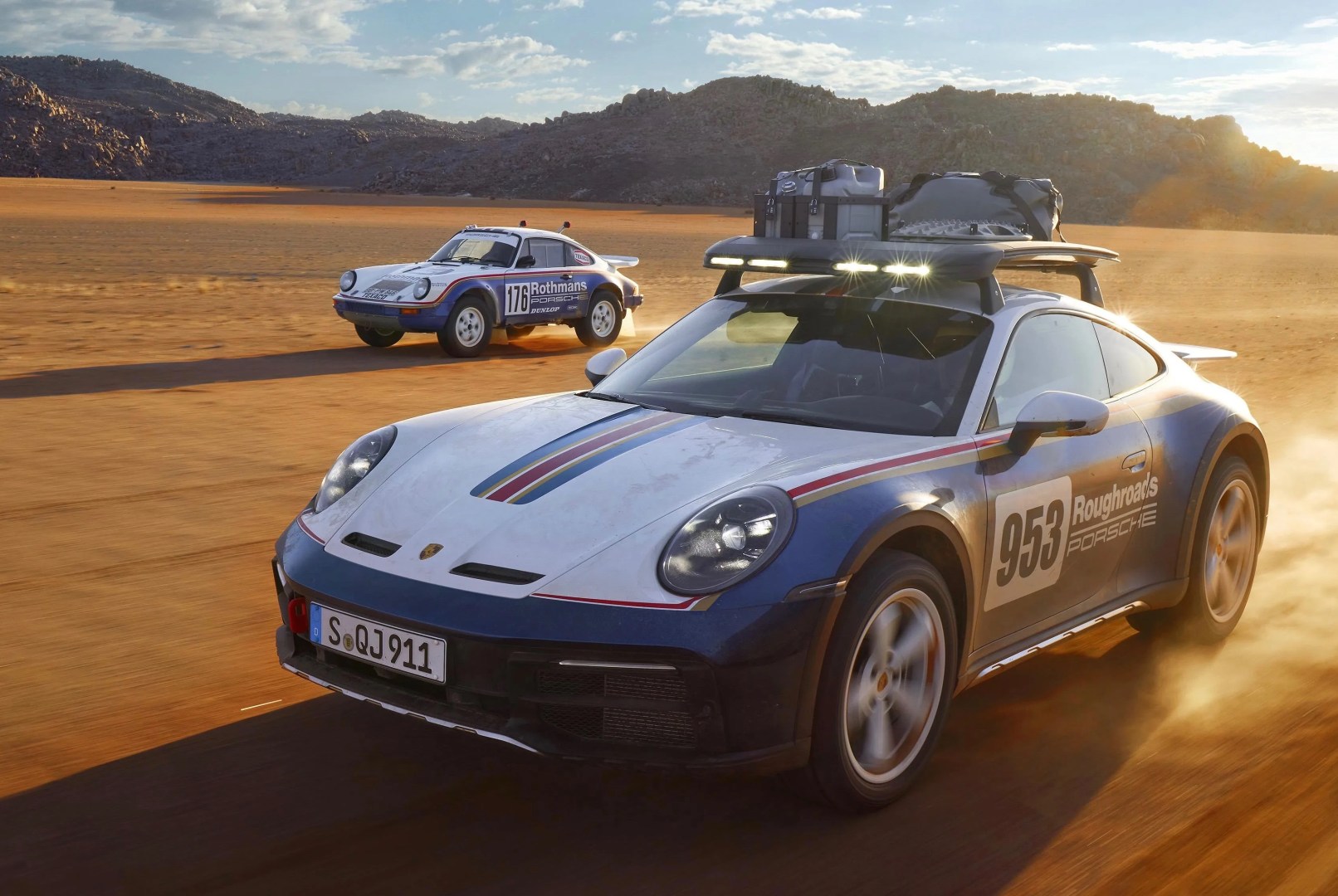 Porsche
PorscheThese cars aren’t off-roaders per se. Lamborghini’s chief technical officer Rouven Mohr told Gear Patrol that slow driving and climbing obstacles in an off-road park was “not the mission.” Both cars can still tear it up on the track and rip sub-3.5 second 0-60 mph times. But they are borrowing some features from SUVs — specifically, all-terrain tires and raised, softened suspensions — to deliver an “off-track experience” on gravel and dirt.
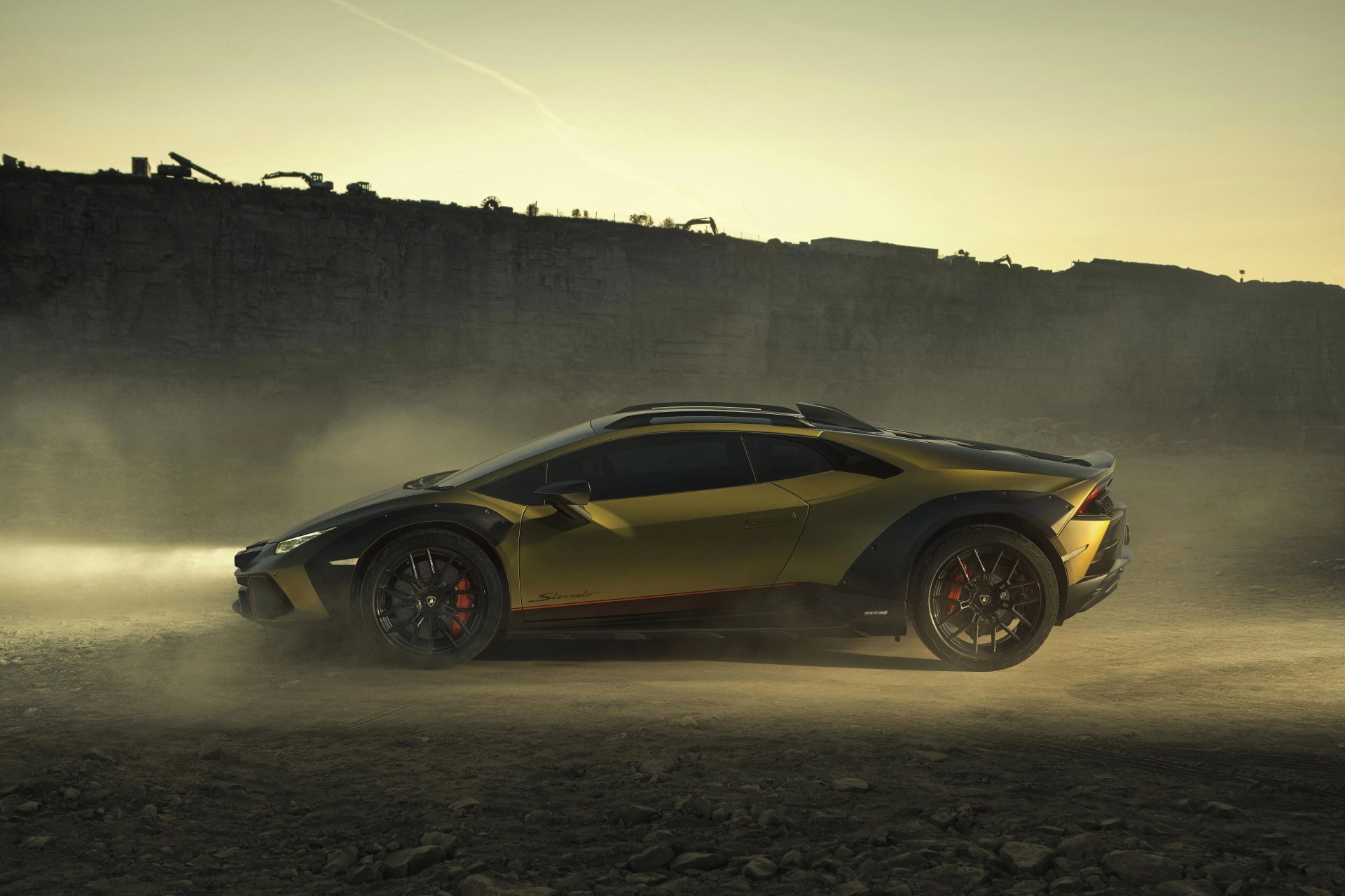 Lamborghini
Lamborghini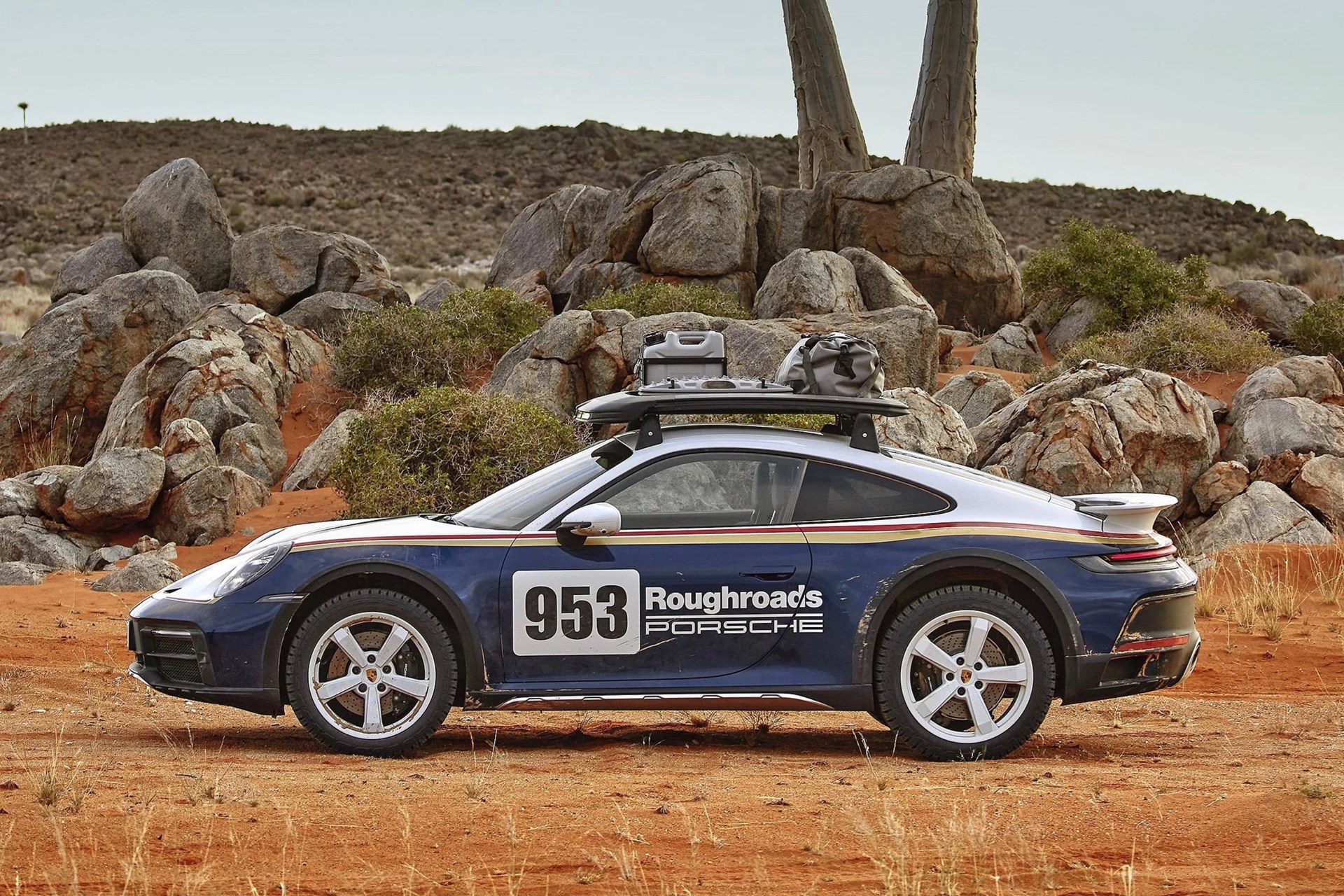 Porsche
Porsche